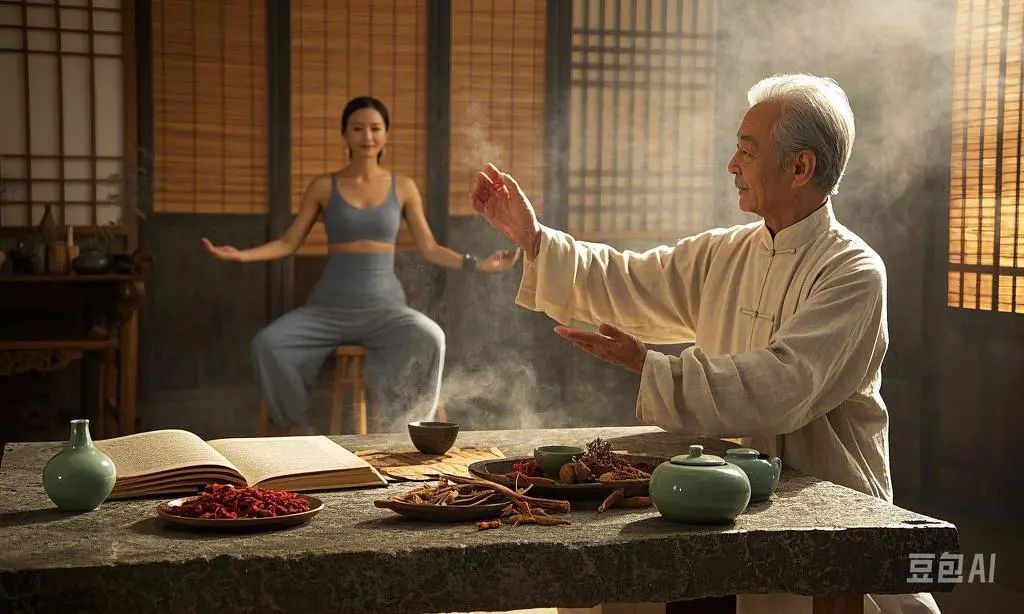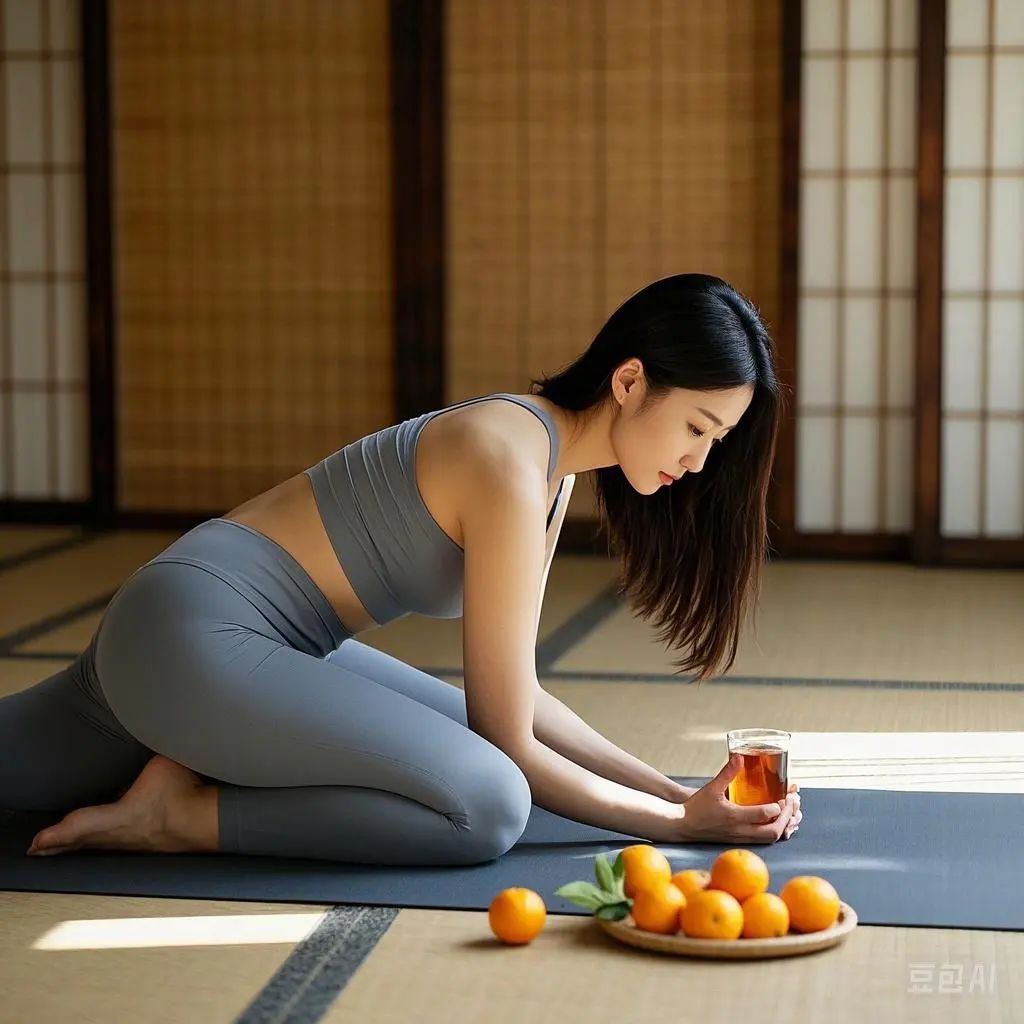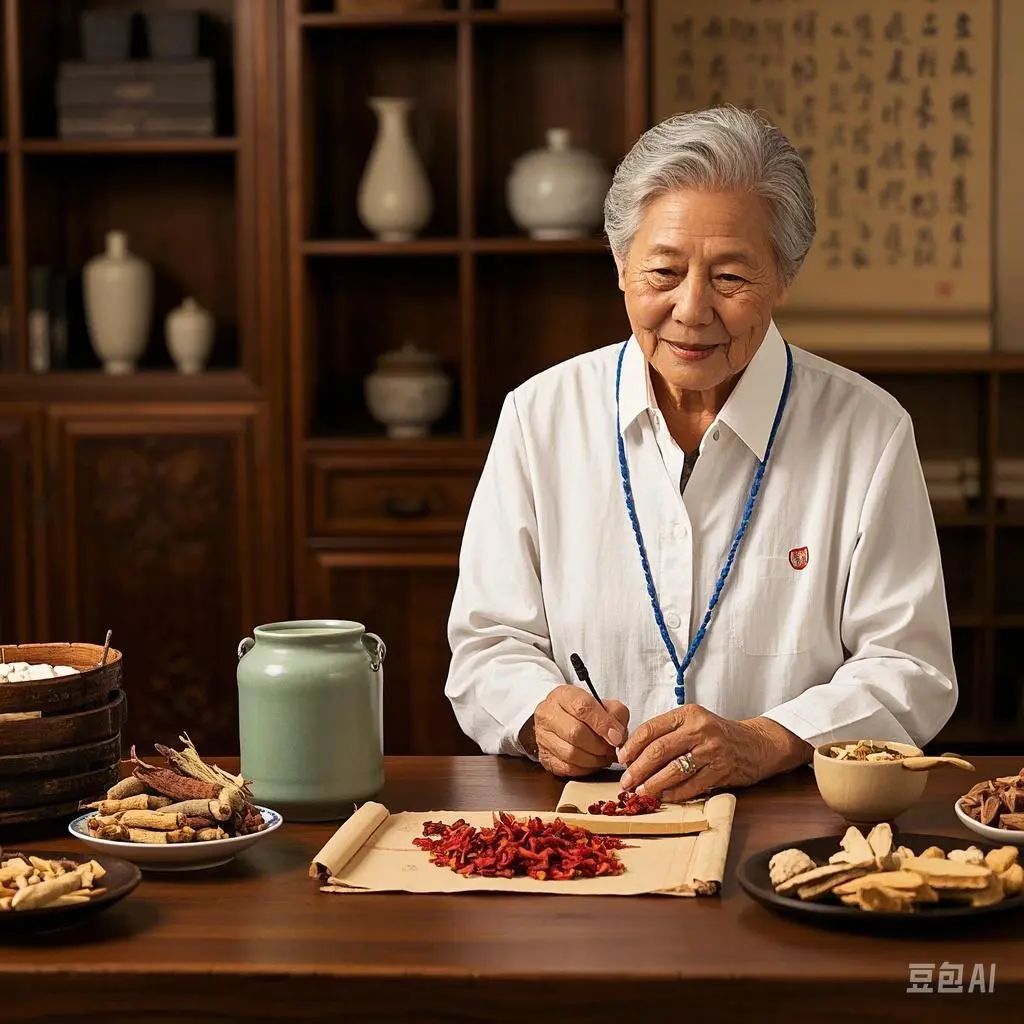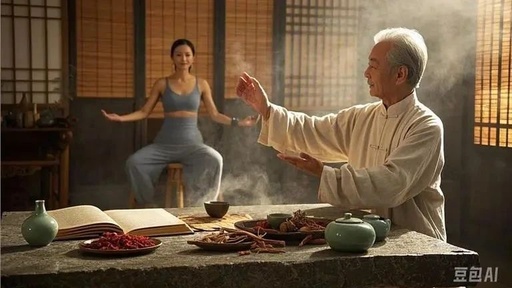Nutritional Therapy for Summer Solstice: Master Seasonal Eating for a Healthier Summer
As the weather heats up, people often lose their appetite. An old saying goes, “Dumplings for Winter Solstice, noodles for Summer Solstice.” This is not just a tradition; there is some truth to it. During the Summer Solstice, the days are longest and the sun is at its peak. While Yang energy is abundant, the body can easily become fatigued. Sweating all day can lead to internal coldness. Choosing the right foods can help maintain comfort.

My grandmother always emphasized seasonal eating. I remember one particularly hot summer when everyone was craving ice-cold drinks. She, however, served up a bowl of ginger jujube tea, steaming hot. “Eat radishes in winter and ginger in summer; you won’t need a doctor’s prescription.” I laughed at her superstition, but it turned out to be effective; I hardly felt tired all summer. This is the wisdom of dietary therapy.
In recent years, I have started to ponder this myself. Some foods should be consumed with caution. For example, ice-cold watermelon and cold dishes may seem refreshing, but they can harm the spleen and stomach. Especially in the early morning and evening, it’s best to avoid cold foods. Cucumbers and bitter melons are excellent; they clear heat and promote urination, and soaking them in water can serve as a remedy. Adding some goji berries (Gou Qi Zi) for energy is something my grandmother often did, and I tried it; it indeed felt good.
As for recipes for the Summer Solstice, different regions have their own traditions. People in Guangdong enjoy a bowl of kelp and mung bean soup, which can clear internal heat. It sounds simple, but making the soup requires some skill. Adjusting the heat just right allows the iodine from the kelp and the detoxifying properties of the mung beans to be fully utilized. Randomly boiling them won’t do; it would ruin a good dish. A friend of mine, Old Chen, is a master at this, adding a few slices of ginger and honey jujubes for a special touch. His family relies on this recipe to get through the Summer Solstice, rarely complaining of fatigue or discomfort.
One year, while traveling in Yunnan, I came across a family making ham and tofu stew, which was absolutely amazing. I learned that this dish is also a great choice for the Summer Solstice. Tofu is cooling and can clear heat and quench thirst. Paired with some light vegetables, it achieves a balanced diet. After eating, there’s an indescribable feeling of comfort.

By the way, regarding tofu, one should also pay attention to portion sizes. Feeling about 70% full is ideal. A friend of mine can never control his appetite, resulting in bloating. I laugh at him, saying that summer can actually bring about more ailments. However, adjusting a meal or two is fine; it’s the long-term poor eating habits that lead to health issues. He researched and found that not only portion sizes matter, but it’s also best to rotate ingredients.
Just because the temperature drops at night doesn’t mean one can eat cold foods freely; the body’s metabolism slows down, and the digestive system becomes less tolerant. It’s necessary to manage this carefully, and eating porridge made with lotus seeds (Lian Zi) and lily bulbs (Bai He), along with a handful of coix seeds (Yi Yi Ren), is excellent for cooling and strengthening the spleen and stomach. When I’m feeling lazy, I simply boil corn and yam together for a rich soup that revitalizes me. The more I explore these little tips, the more interesting they become, far more complex than I initially thought.
Oh, and here’s a lesser-known fact: “Summer often brings humidity,” meaning that summer is not just hot; it can also be quite humid. This is something the older generation may not have explained in detail, especially in the south. Cooking some adzuki beans (Chi Xiao Dou) and coix seeds (Yi Yi Ren) as tea is quite beneficial. In this information-rich era, there are many exaggerated methods online; one should learn to choose simple, everyday vegetables that often surpass tonics. Don’t doubt it; I’ve been doing this lately with great results.
You will find that maintaining health boils down to mindfulness and a calm attitude. Blindly supplementing is useless, and eating recklessly is detrimental to the body. This is especially important during the hot Summer Solstice. Honestly, the world of dietary therapy is closer to life than any machine or textbook knowledge, and the Summer Solstice is just the starting point of this wisdom journey. Starting with the ingredients around you, a whole summer of ease awaits you.

The Summer Solstice is not just about the heat; it gradually penetrates into the subtleties of life, and you will eventually enjoy a different kind of health-preserving joy. Don’t be afraid to try new ingredients or break old rules; this is how you manage your dietary path. What I’ve described is not strictly textbook; it’s a living realization. Remember, what suits you best is the best health-preserving principle. Next, let’s talk about practical matters; having your own set of habits for each season is more reliable. Try more; life is not just about cooling off; a healthy and carefree life will naturally follow.
That said, the wisdom of seasonal eating in daily life is what lasts. It’s a mistake to pursue supplementation blindly; maintaining the body’s stable operation is the true skill.
I am Jin Hai from the Medicine King Temple, my WeChat ID is: cy52535409. If you have related troubles, please add me on WeChat for communication~~

